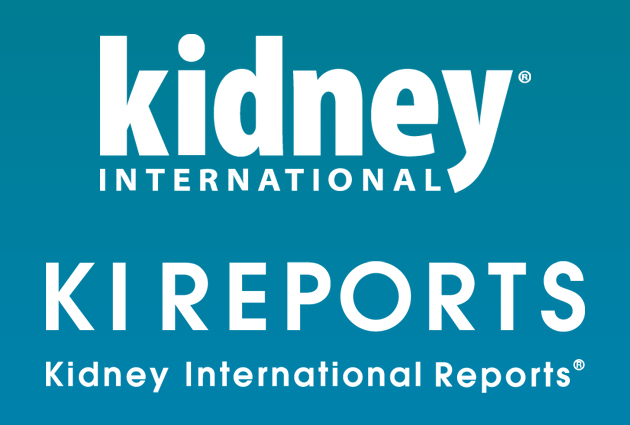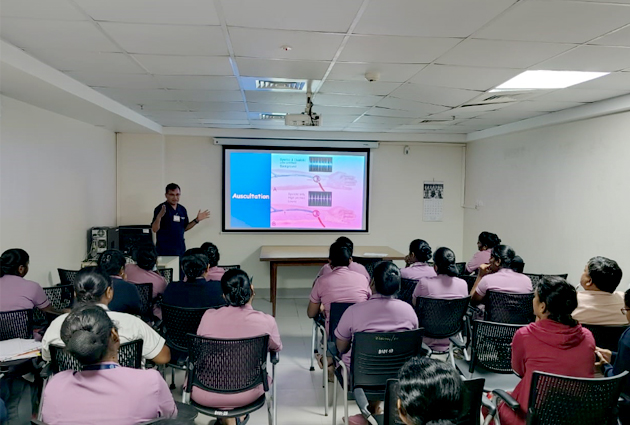A Simple Method to Reduce Hypotension During Hemodialysis: Ascending-Descending Ultrafiltration With Linear Sodium Profiling
ISN-ACT Global Trials Focus editorial team member Dominik Tuechler summarizes the design and outcomes of one of the ISN-ACT Global Trials Focus’s latest trial selections.
The “Trial of the Month” is available in several languages, now including German. Read all global trial selections from the ISN-ACT initiative here. In addition, in the ISN ‘Guide for Everyone‘ series, selected clinical trials are demystified for the layperson.
The effect of ascending-descending ultrafiltration and sodium profiles on blood pressure in hemodialysis patients: a randomized cross-over study
Arasnezhad et al., BMC Nephrol, 2024 Apr;25(1):128.
Summary:
This single-center study used a cross-over design to assess the influence of ascending-descending ultrafiltration (A/D-UF) and sodium profiles on the blood pressure of 20 participants experiencing hypotension during hemodialysis (HD).
Each patient had 16 HD sessions with the intervention protocol or routine HD with 4 wash-out HD sessions between switching to the other treatment. In both treatments, hourly blood pressure (BP) measurements were taken, with the last one taken after HD. The intervention protocol involved 3 ultrafiltration (UF) phases and a linear sodium profile. The UF phases were divided into an ascending phase, taking 25.5% of the patient’s total weight with low UF; an aggressive phase, taking 51.2% of the patient’s total weight at maximum UF, and a descending phase, taking 23.6% of the patient’s total weight with low UF. The sodium concentration of the dialysate started at 150mmol/L and decreased linearly to 138mmol/L by the end of the HD. In routine HD, UF and sodium concentration (140 mmol/l) were stable during the HD session. This study consisted mostly of men (60%), with a mean age of 58 years and a mean HD duration of 54 months. Most had a fistula (70%) and were receiving high-flux HD (85%). There was no significant difference in systolic or diastolic BP before, during, or after HD with A/D-UF profiling (P>0.05). In contrast, there was a significant difference (P<0.05) for both parameters during routine HD, with a drop of nearly 20mmHg in systolic BP by the end of dialysis. The difference in mean arterial pressure (MAP) was also significant (p < 0.05) in both groups, but the MAP increased in the intervention group while it decreased in the routine HD group by the end of the session. There was also a significant reduction in symptomatic intradialytic hypotension with the application of A/D-UF (15% vs 55%; P=0.002).
Commentary:
Hypotensive episodes during HD are a major burden of morbidity and mortality for these patients. Despite this, only a few studies have assessed the effect of UF profiling, dialysis temperature, and sodium profiling on BP during HD. This study proposes a simple and cost-effective method to reduce hypotensive episodes in HD by modifying the UF profile in an ascending-descending fashion with linear sodium concentration. However, the study has major limitations due to the small sample size (n=20), single-center design, homogeneity in dialysis modalities (85% high flux HD), and missing baseline characteristics such as comorbidities and ethnicity. Further, due to the unblinded interventional procedure, selection and positive bias during the measurements cannot be ruled out. Overall, A/D UF with linear sodium profiling may be a valid alternative option for HD patients suffering from hypotension during the treatment. However, given this is a small study, more robust large-scale research in a double-blinded way is needed to test this hypothesis.










